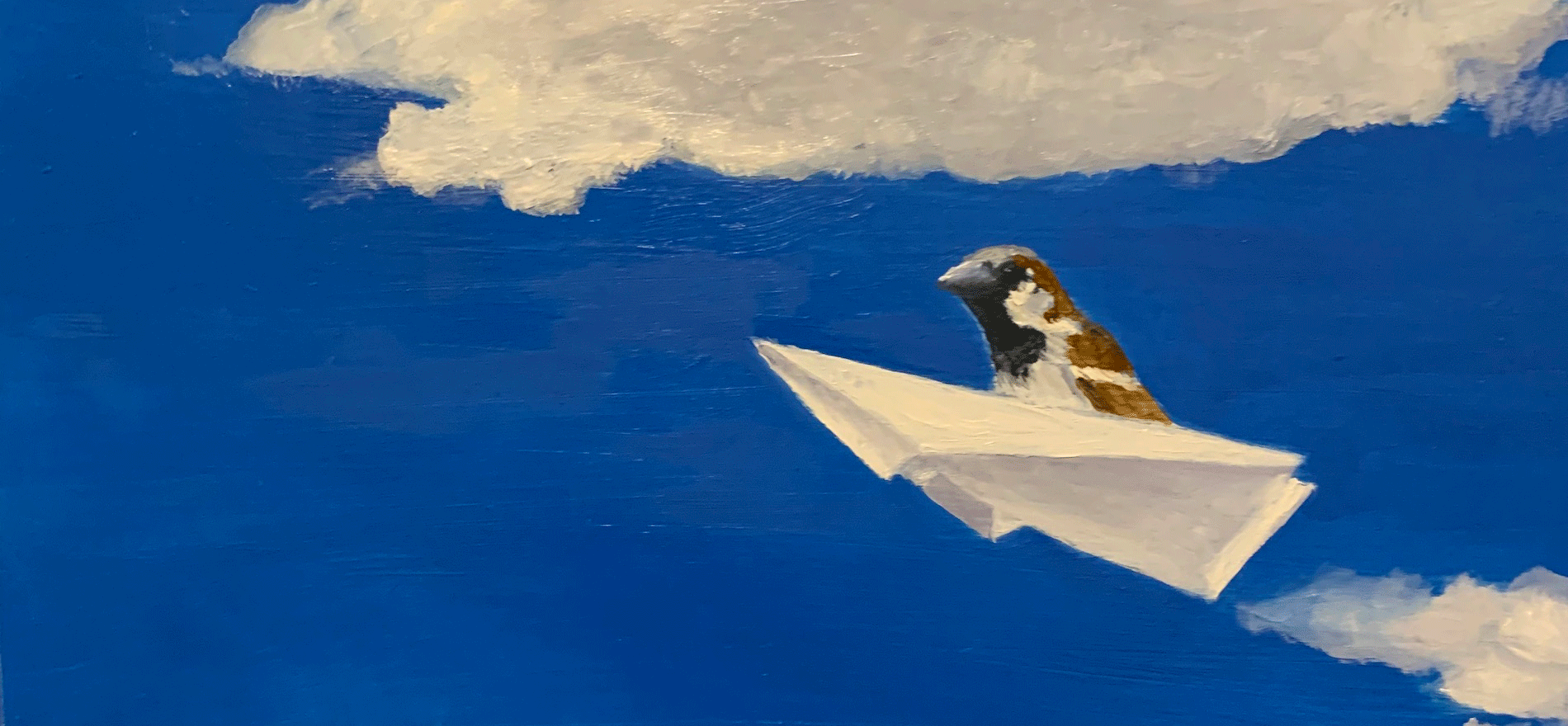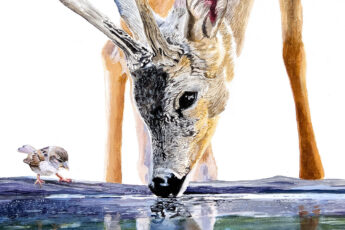It is generally believed that the Chinese were the first to build Paper Airplanes and kites out of papyrus paper around 2000 years ago. Since that time, people have been utilizing paper to make all kinds of models, and why not? It’s inexpensive and readily available:
- Leonardo Da Vinci wrote of using parchment in building models of his ornithopter (helicopter).
- During the early 1900s Aero magazines published several articles using paper airplane models to demonstrate aerodynamic principles.
- The Wright brothers reportedly use paper planes, wings and airfoils in wind tunnels as part of their quest to build the first powered human carrying airplane.
- In the 1930s an English businessman named Wallis Rigby brought his paper modeling company to the United States. His models were famous internationally for their “tab in slot” construction. The models were published in books, boxed sets and even in the Sunday morning comic strips.
- During the 1930s Jack Northrop of the Lockheed Corporation used several paper models of planes and wings as test subjects for larger production aircraft.
- During World War II governments around the world restricted the use of many materials necessary for the war effort. Wood, plastic, metal and other materials could no longer be spared for toys. Paper on the other hand was available and became a popular material for toy making. Consequently paper modeling became popular. In 1944, General Mills would reportedly send you 2 model paper airplanes for two Wheaties box tops and 5 cents. The models were of current World War II fighter airplanes like the Curtis P-40 “Flying Tiger”, the Japanese “Zero”, the British “Spitfire” and the German “Focke-Wulf”. There were 14 models in all.
Kid Stuff
I haven’t made a paper airplane in years… I know I was shown at a young age how to construct the basic model seen in this painting…. I couldn’t tell you when though, but I could easily fold one today. I can remember my brother crafting a plane with the ends of the wings tipped up asserting that this design just flew better… but, after a few throws, I’m not certain that was true. Most recently, I saw a paper ring wing glider through a YouTube video fly down three stories of a stairwell.
My friends and I have thrown planes that have immediately crashed and some that have soared. The fun was in building it behind our teacher’s back and throwing it when nobody was watching. I think that’s a sort of rite of passage – you see it in movies and tv shows – a universal antic most kids try.
In 2012 a paper airplane (glider) designed by John Collins and thrown by quarterback Joe Ayoob broke the Guinness World Record. It flew just 226 feet 10 inches!
There are four aerodynamic forces that act on the paper aircraft while it is in flight:
- Thrust, which keeps the plane moving forward – say, the proficient arm of a quarterback
- Aerodynamic lift, acting on horizontal surface areas that lifts the plane upward;
- Gravity, which counteracts lift and pulls the plane downward; and
- Air drag, which counteracts thrust and reduces the plane’s forward speed.
In song
There’s a song called “Wild Blue Yonder” – the Air Force theme song. I remember this tune from old black and white movie reels – I’m thinking I saw these in PBS on Sunday afternoons.
Off we go into the wild blue yonder
Climbing high into the sun
Here they come zooming to meet our thunder
At'em boys, giv'er the gun
Down we dive spouting our flames from under
Off with one hell-uv-a roar
We live in fame or go down in flame
Nothing'll stop the US Air Force
(The last line has changed over the years – originally, it was the Army Air Corps when the Air Force had been a branch of the Army.)
I find the lyrics: charming – because it contains the language used of the time, cringeworthy – because of its Rah! Rah! nature, and I find it weirdly inspirational: “Live in fame or go down in flame” haha
The painting
A paper plane may be an unusual form of transport for a sparrow – but sometimes life is about taking chances and doing the unusual – that’s the recipe for change.
My sparrow has a lot of goals. She maps out and designs a strategy and tests it and if that one doesn’t work, she maps out another. Some take her farther than others. Some seem flashy, but go nowhere.
Maybe to reach them all she needs is a theme-song LOL… just “live in fame or go down in flame”? I think not.
My sparrow has wings and she can enjoy the “climbing high into the sun”, but as the glide starts to descend, and gravity and drag (life circumstance) bring her down, well, she can open her own wings and continue on a trajectory of her own making.




